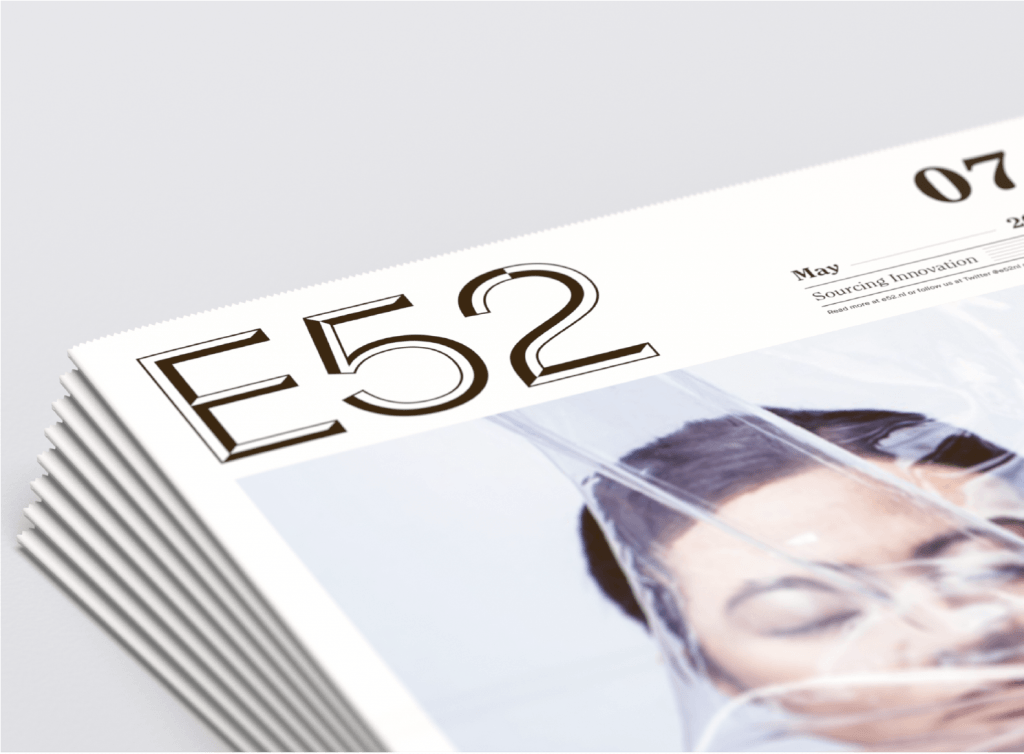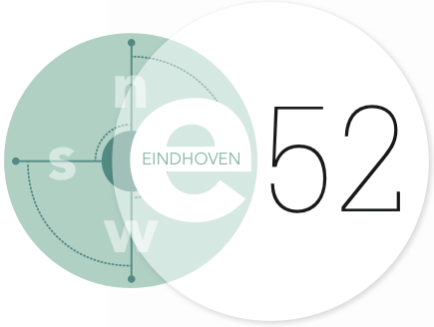
Just a coincidence of course, but still beautiful: on the very day that we are celebrating our fifth anniversary (i.e. ? ? today), we are treated to the most laudatory review you can wish for, as a start-up in journalism. Nick Kivits, who on his site freelancevoorwaarden.nl structurally asks for attention for the way news media are treating their freelancers, praises us in that respect. What particularly appeals to him is the way in which we try to make our creators (our journalists and translators) part of our success.
Of course, this fills us with great pride, because although it is not our primary mission to help as many people as possible get a job, we do get very happy from the idea that this is an important effect of our presence. And at the same time, we have to be realistic: with a handful of permanent people and about 30 freelancers, we are still much smaller than we want to be in the end. And to be honest, being as small as we are, our contribution towards freelancers and permanent employees will remain smaller than we would like. So what does our ambition look like? Quite concretely: we want to be the source of information around relevant European innovations that will determine our lives in the coming years, for a global audience. In every European city with an active start-up culture, we want to be present with at least one reporter, so we can bring to light the most striking innovations from every corner of Europe. This will be done through a wide range of articles, videos and podcasts whose quality is undeniably high.
E52
Are we ever going to reach that ultimate goal? I don’t know, but we’re going to do everything we can to make it happen. Whether that goal will gradually be adjusted? I’m sure it will. All we have to do is delve into our short history. When Merien ten Houten and I were at the notary’s office – exactly five years ago today – we wanted to build a local news platform in the city of Eindhoven that would focus on culture, economy and innovation. Simply because we felt the city needed it. Without any preliminary research, let alone any marketing, we started under the name E52, where the E stood for Eindhoven and the 52 had to make it clear that in addition to our website, we were also going to publish 52 newspapers a year.
It is only when you really get started that you notice that not everything that still seems brilliant on the drawing board can actually work in practice. This applied to the content as well as to the target group, the execution and the business surrounding it. To start with the latter: our goal – in 2015 – to have 10,000 paying members after one year turned out to be unattainable despite the symbolically perfect subscription price (€52 a year, isn’t it nice?): after 12 months a total of 182 people had come forward who thought we were indeed worth the money. With that, we thought, the company was in ruins. Nice attempt, but the execution was apparently less brilliant than the imagination in our heads.
Only when we talked about it with High Tech Campus marketing boss Bert-Jan Woertman, something of our real value became clear to us: “If you quit, we as a campus have a problem,” he said. “Because your stories about Eindhoven’s innovative ecosystem have become an essential part of our own communication about the region”. What also helped was the fact that we had started publishing in English – it was the first time that these Eindhoven innovation stories became visible worldwide.
New business model
In short: High Tech Campus became our first customer in a totally new business model. We now have some 25 other High Tech Campus-like organisations associated with us; together they account for around three-quarters of our turnover. The rest comes from donations, events, republications in magazines and books, some commercial assignments and the resale of our articles.
The business isn’t the only thing that changed. Our local focus changed to a European one (a branch in Munich and reporters in 9 European countries make that possible), ‘culture’ and ‘economy’ were killed to make way for a 100% focus on innovation (with themes such as mobility, health, sustainability and Artificial Intelligence as spearheads) and yes, that weekly newspaper soon proved unfeasible.
There was also a lot of movement behind the scenes. The two founders now have two co-owners next to them (COO Frans van Beveren and editor in chief Arjan Paans). Thanks to their expertise, the site (and everything linked to it) is finally in order and we have an editorial focus that is logical and can continue to grow.
Scroll
The same goes for our reach. At the moment we have over 100,000 unique visitors every month, which is increasingly thanks to our audience from the United States. At first, we were surprised by this, but without having done too much research into it, we think we can conclude that in the midst of the global battle between China and the US, there is a need for solutions from the European continent. It feels good to be able to fulfil that role and it also brings us to the question of how we can also ‘absorb’ this growing American interest commercially. We are about to take the first step on that road: we have just received confirmation that Innovation Origins will soon be visible within “Scroll” an American app that provides Blendle-like access to our articles. And believe it or not, the subscription price is $5 a month, which is €52 a year.
It remains to be seen whether this will make us rich, as we are paid out on the basis of the time users spend on our articles. For now, we are still very happy with every donation that we can continue to receive from you, our loyal audience. And promised remains promised: the money we collect will be transmitted to the creators!




